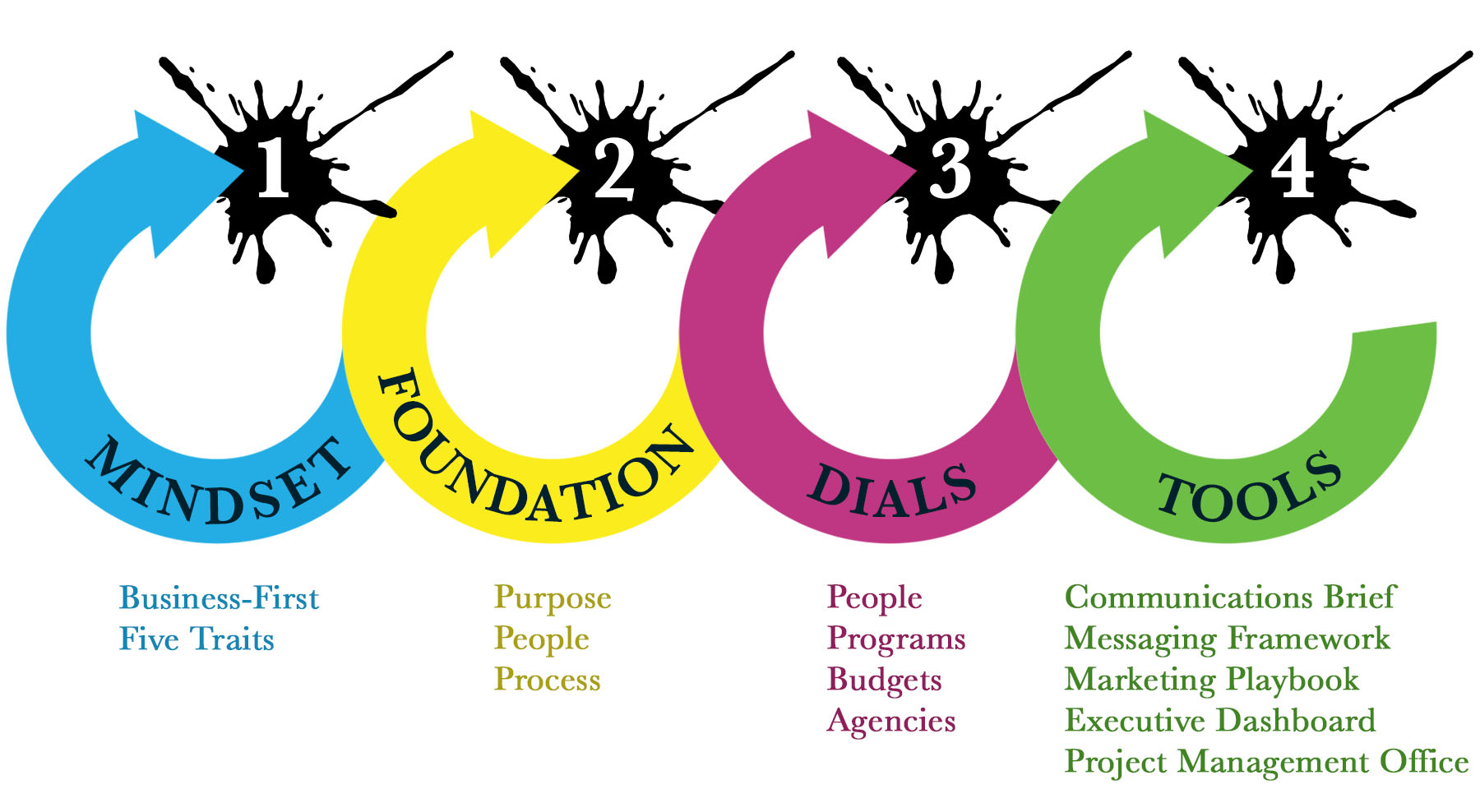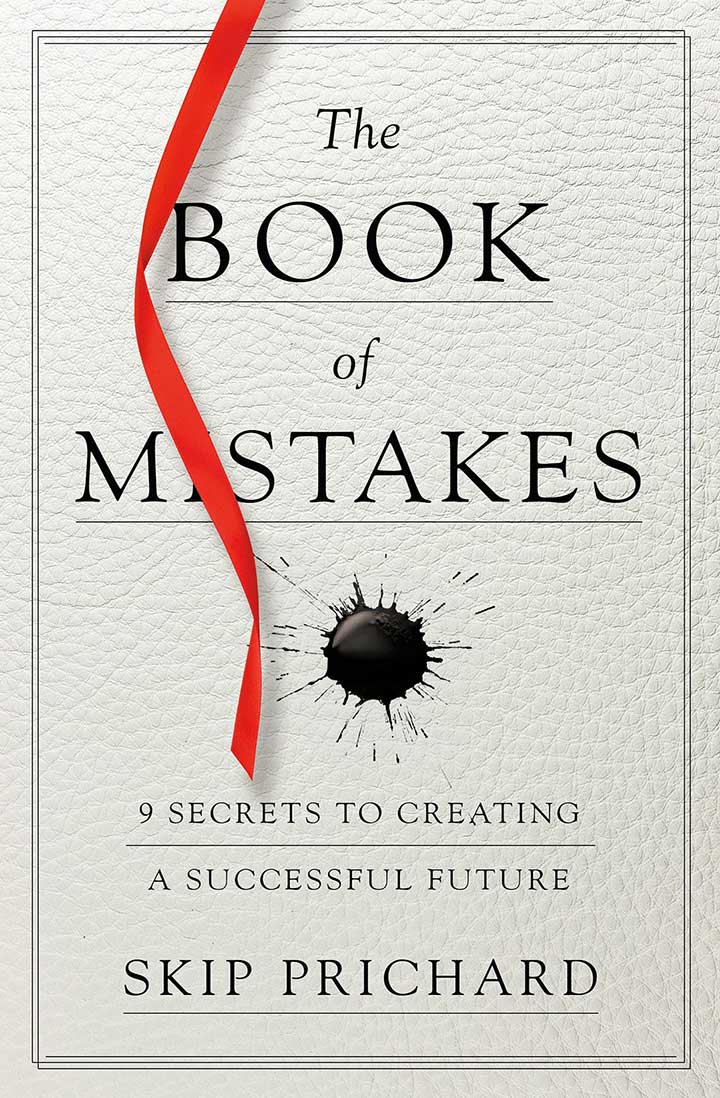Marketing Flexology
If you want to be a successful marketer today, in the middle of constant change, you need to be prepared. If you have a business, you want to stay ahead of marketing trends and be ready for what’s ahead.
Last month, I interviewed Engelina Jaspers about her new book, Marketing Flexology: How to Outsmart Change and Future-proof Your Career. Engelina is a 30-year marketing veteran who helps business leaders build nimble marketing organizations with customer insight and speed to execution at its core. Though the book may be targeted primarily to marketers, I found it full of great advice for individuals and businesses in the midst of change.
What is Marketing Flexology?
Our world, our markets, and our customers are in constant evolution. Consumers are no longer as homogenous as they once were in the baby boomer era. If we continue to use the marketing practices of the past, we will fall behind. Marketing success today requires a new management capability and a new marketing model to keep pace, which I call the Marketing Flexology management framework. It’s a nimble structure that allows you to quickly and easily change directions without missing a beat, breaking a sweat… or losing your job!

5 Marketing Shifts
You share five key shifts in marketing. Is there one that is more challenging for leaders than others?
Marketing has undergone significant transformation over the past sixty years of our young profession. I believe the most seismic has been the shift from “art and science” to “insight and agility.” The need for high-speed listening, learning, execution, and iteration has never been greater, nor the challenge more daunting. Yet we still endlessly debate whether creative and artistic sensibilities, or analysis and measurement are most important. (Do a Google search on the words “marketing art or science” and you’ll see what I mean!) Frankly, customers don’t care what blend of art and science goes into our marketing strategies and programs. They only care how well our message hits a nerve and fulfills a need. And that requires real-time customer insight and the ability to turn that insight into action faster than our competitors. That’s why I believe “insight and agility” is the new “art and science” of marketing and requires a new management capability and framework.
Prepare for the Unexpected Shifts
How do leaders prepare for the unexpected shifts that will be coming?
The marketing future will continue to surprise us, so we need to be ready. The best way I have found to prepare for the future is to have an active hand in shaping it. I like to say “Change is inevitable, but preparation is a choice.” Building a nimble marketing foundation can help leaders weather most business fluctuations and unexpected shifts. A strong foundation allows marketing teams to operate more intelligently, efficiently, and productively. But perhaps most important, it allows us to absorb, to pivot, and to bounce back from unplanned change without slowing down.
I’m sure you’ve walked into an organization and quickly realized that it was in trouble. What is it about the leadership or culture of these organizations that you notice right away?
After experiencing firsthand hundreds of marketing leaders and how they managed their teams, their budgets, their programs, and their agencies, I came to realize that much of the reinvention chaos and anguish was self-inflicted. Time and again I witnessed leaders who tolerated underperforming team members, endured antiquated processes, maintained runaway budgets, invested in ineffective campaigns, and partnered with suboptimal agencies. Then, during challenging times, their organizations became exposed, warts and all. A marketing structure that is light on fixed costs and heavy on variable costs gives us immense marketing flexibility and agility.
Traits of a Business-First Leader
What traits do you often see in a business-first leader?
There are five key traits I’ve observed of a business-first leader. A business-first leader is nimble (dexterous in movement and thought), lean (no superfluous fat), effective (gets the right things done), accountable (responsive and responsible), and they are learning (committed to continuously grow and learn). These five traits help leaders surf the tsunami of disruption, change, and accompanying chaos we all will face in the years and decades ahead. These five traits often also distinguish the career winners from the losers in a marketing transformation.
Marketing often leads change efforts, yet you point out that many want things to “return to normal.” Why is the pull of the past so strong and how do you overcome it?
I’ve led a number of change initiatives over my career. Without a doubt, change can be hugely disruptive. Instead of inspiring thoughts of increased efficiency, effectiveness, and positive change, change initiatives generate distrust, anxiety, and often work paralysis. Worse, they shift our focus away from serving customers toward fixing our internal affairs.
 I’ve found there are three typical reactions during a change: fight, flight, or freeze. Some people react to change with a vengeance (fight). They don’t accept what’s going down and may even hide information or resources. These are the change saboteurs. Some employees react to change by seeking out other, potentially more stable opportunities (flight). This group tends to be the most confident and employable people in your company. They know their skills are valuable and will take them elsewhere if provoked or stalled. There is a third group of employees who react to change like a deer in the headlights (freeze). They are paralyzed by change and obsess over the potential consequences and outcomes. They keep their heads down, waiting for things to return to normal, praying they still have a job when it does. These employees feel helpless and unempowered.
I’ve found there are three typical reactions during a change: fight, flight, or freeze. Some people react to change with a vengeance (fight). They don’t accept what’s going down and may even hide information or resources. These are the change saboteurs. Some employees react to change by seeking out other, potentially more stable opportunities (flight). This group tends to be the most confident and employable people in your company. They know their skills are valuable and will take them elsewhere if provoked or stalled. There is a third group of employees who react to change like a deer in the headlights (freeze). They are paralyzed by change and obsess over the potential consequences and outcomes. They keep their heads down, waiting for things to return to normal, praying they still have a job when it does. These employees feel helpless and unempowered.
Recognizing and understanding how you and your coworkers react to stressful change situations can help you avert detrimental consequences.
What advice do you have for those just starting out in marketing who want to stay ahead of the curve?
There are three things marketing professionals can do today that their future self will thank them for.
1: Hone your skills. Experts predict by the year 2034, 47 percent of today’s jobs will be automated. Sixty-five percent of today’s students will be applying for jobs that don’t exist yet. The marketing prowess that landed you your current role will likely be outdated when you are vying for your next one. Commit to being a lifelong learner.
2: Become more strategic. There will always be another marketing challenge demanding your attention. Working faster or harder is obviously not the answer; we need to become more strategic marketers. Take the time to question how that next urgent marketing request advances a broader marketing strategy and, in turn, how both will help achieve your company’s overall business strategy.
3: Invest in yourself. Investing time and money in yourself is one of the best return-on-investments you can make. Not only will it better prepare you for an uncertain future, but there is often a current payoff in terms of career readiness. Whether it’s becoming more strategic, more creative, or more agile, take lessons that continue to push you forward and move you out of your comfort zone.
For more information, see Marketing Flexology: How to Outsmart Change and Future-proof Your Career.


